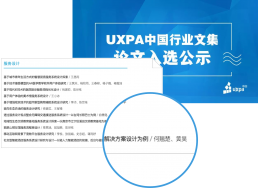01 HOTEL
mid-2018 ~ recent
DADI-01, the R&D centre of Nanhai Group, partnered with Nanhai Group’s Hotel management company together to establish a new, smart hotel system called 01 Hotel.
The smart hotel system aims to bring innovations in both cost-cutting hotel management in human-power and future hotel experience for the younger generation of travellers.
To comply with my non-disclosure agreement, I have omitted and obfuscated confidential information in this case study. Images shown in this article were not final designs.
My Duties
As the UX Design Director at DADI-01, I spend most of my efforts(in both leadership and hands-on works) into this project.
My duties include:
• Introducing Service Design methods for defining product design scope and direction;
• Communicating among partners inside and outside the company and senior stakeholders to help the project move forward;
• Hands-on the crucial design deliverables, including interaction frameworks, visual design, and animation design.
Achievements
• Ensured Shenzhen 01 hotel opening in 2021 as scheduled,by aligning all partners’ and stakeholders’ visions also expectations on product design.
• Wined UXPA(China) service design article rewards by documenting the critical design process.
My Duties
As the UX Design Director at DADI-01, I spend most of my efforts(in both leadership and hands-on works) into this project.
My duties include:
• Introducing Service Design methods for defining product design scope and direction;
• Communicating among partners inside and outside the company and senior stakeholders to help the project move forward;
• Hands-on the crucial design deliverables, including interaction frameworks, visual design, and animation design.
Achievements
• Ensured Shenzhen 01 hotel opening in 2021 as scheduled,by aligning all partners’ and stakeholders’ visions also expectations on product design.
• Wined UXPA(China) service design article rewards by documenting the critical design process.
Background & Project Goals
The 01 hotel project started back in 2017. Rather than chasing Alibaba’s future hotel (FEIZHU) ‘s achievement, Nanhai Group decided to switch project goals from building a futuristic smart hotel to establish a scalable, IOT utilized hotel management system which helps cut the cost of operations meanwhile providing ease self-service experience for clients.

Background & Project Goals
The 01 hotel project started back in 2017. Rather than chasing Alibaba’s future hotel (FEIZHU) ‘s achievement, Nanhai Group decided to switch project goals from building a futuristic smart hotel to establish a scalable, IOT utilized hotel management system which helps cut the cost of operations meanwhile providing ease self-service experience for clients.

Applying Service Design
It is still a relatively new creature in the market, smart hotel. We didn’t have any pioneers who were successful enough for us to follow with eyes closed. Questions were waiting when I started to lead the project:
• Who could be our loving clients? How could we make them love us more?
• What are the client’s potential likes & dislikes about the new hotel experiences? Outside but near the hotel experience, what else could be the sweet points for them?
• On the other side of that, what a PMS do we want? The new business workflow needs a tool newly built from bottom logic.
I believe service design and design thinkings can help.
Applying Service Design
It is still a relatively new creature in the market, smart hotel. We didn’t have any pioneers who were successful enough for us to follow with eyes closed. Questions were waiting when I started to lead the project:
• Who could be our loving clients? How could we make them love us more?
• What are the client’s potential likes & dislikes about the new hotel experiences? Outside but near the hotel experience, what else could be the sweet points for them?
• On the other side of that, what a PMS do we want? The new business workflow needs a tool newly built from bottom logic.
I believe service design and design thinkings can help.
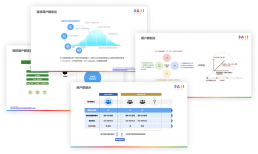
Desktop Research
Seeking potential user segments assumption
Desktop Research
Seeking potential user segments assumption

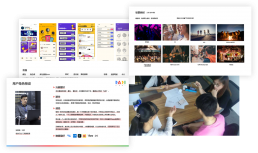
Personas and Focus Groups
Cultural researches, inspirations from their fav apps/designs, and value propositions
Personas and Focus Groups
Cultural researches, inspirations from their fav apps/designs, and value propositions


User Journey Sandbox
Simulation of users’ interactions with screens, space, and physical medium. Brainstorming touchpoint inspirations.
User Journey Sandbox
Simulation of users’ interactions with screens, space, and physical medium. Brainstorming touchpoint inspirations.


Hotel Experts interview
Studies of traditional hotel operations, besides trying to cover all touchpoints in business flow, also aims to find opportunities to innovate
Hotel Experts interview
Studies of traditional hotel operations, besides trying to cover all touchpoints in business flow, also aims to find opportunities to innovate

My Process
The method we used I called it service blueprint. We started with user researches to gather user needs and insights of expectation about the self-service hotel, formed the ideal user journey map, which created half of Service Blueprint. On the other end, we partnered closely with hotel management experts, based on the workflow of traditional hotel operations and managing needs, came up with our unique PMS workflow, which is tightly answering the demands from clients’ end. With the Service Blueprint, we got the aligned design directions for the client’s app, hotel management systems, and the IoT hardware.

Service Blueprint

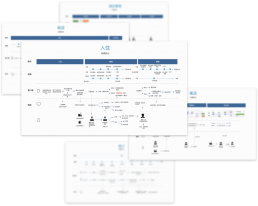
01 Hotel Consumer App Design
Goals
Excellent onboarding
It is an almost sure thing for us that when we launch, the self-service hotel experience was new to most of the users. Not being perfect in OBE is directly leading to a total fail experience but not just confusion and frictions.
Prediction based on scenes
In our smart hotel, we have the chance to take advantage of using this OMO scenario to provide our users(on-site hotel clients) an immersive experience of digital and physical. Why we don’t provide needed functions to our users but still ask them to look for them from time to time?
Seamlessly with IoT
Designing an IoT product could be difficult. Not just because multiplied user cases caused by crossing devices, but also we want to guide our user’s attention to the right info at the right time, in a way smooth enough.
Scalable design
We were going to deliver a system serving just one hotel for the first stage. However, our design still needs to be scalable to adapt: increasing the structure of a group(or groups) of hotels, new function formats for new services, and different types of users and their behaviors waiting in the future.
Design Features
When we came down to the actual design of the 01 hotel clients’ app, I summed-up four design principles as guidelines for upcoming design explorations and spent efforts to have every department align on the same page. By doing this, I have avoided the product and design teams working on iterations endlessly without anythings solidified.
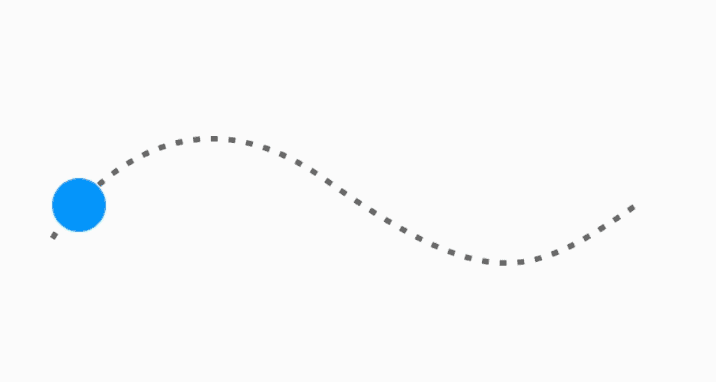



Focus on current needs
Minimize cognitive load
Prediction over navigation
Scalable structure
Design Features
When we came down to the actual design of the 01 hotel clients’ app, I summed-up four design principles as guidelines for upcoming design explorations and spent efforts to have every department align on the same page. By doing this, I have avoided the product and design teams working on iterations endlessly without anythings solidified.

Focus on current needs

Minimize cognitive load

Prediction over navigation

Scalable structure
Design Explorations
Due to confidentialities, I can only show some iterations which were mid-way versions but still worth to take a look.
And here I am, only showing the designs from my own hands, which you can see are diverse enough to open up discussions. Our design team had done more than these.
01 hotel PMS Design
Goals
Simplified
Reduce manual operations and roles
Renovated
Optimized workflows, work with efficiency
Role Based
Focus on individual roles and value mobile scenatios
Design Process
To complete the service blueprint into an actionable-detail level, we organized rounds of 1:1 research and role study workshop with some hotel operation and managing experts.
Design Process
To complete the service blueprint into an actionable-detail level, we organized rounds of 1:1 research and role study workshop with some hotel operation and managing experts.
We started by mapping the complete business flow, ensured it’s covering all steps in the whole journey, including hotel backend operation steps. Make details on this map common understandings among all involved partners and stakeholders. Every time if there were business-level changes needed to be applied, we will come back and start from here.
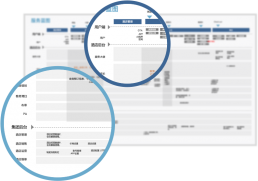
Then we started identifying what can be handled by the system and what needs to be done by human power. Besides that, what are those related non-operational roles(usually higher-level managers)? What do they care about daily, weekly, monthly, and seasonal?
So far, we have the product scope: roles and functions.
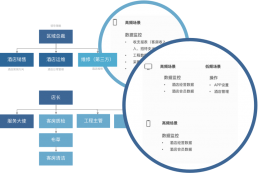
In the last step before actual designing, we grouped functions by different roles. By doing this, we have a more sophisticated plan about features, with combining functions into modules, and designate function modules to mobile end or pc accurately.

Interaction Frameworks
I’ve designed both ends’ framework and also started with a whole set of consistent visual design for both pc web and mobile app.
Interaction Frameworks
I’ve designed both ends’ framework and also started with a whole set of consistent visual design for both pc web and mobile app.
Pc web design principles and framework design
• Simplified product structure
• Differentiate roles by design details
• Think twice to reduce info and steps

Mobile app design principles and framework design
• Role-based design, and respect work field
• Tasks and workflow orientated
• Same look & feel with other screens
• Scalable modulized structure

Consistent Look & Feel in All Ends
UXPA Service Design Award
When the project went into the implementation stage, the researcher in our design team and I wrapped up pieces of the project, the methods we’ve learned, and applied to it, wrote a thesis about how to use service design into the design of a smart hotel system. This thesis also collected by UXPA (China) as a rewarded article in the Service Design section.
